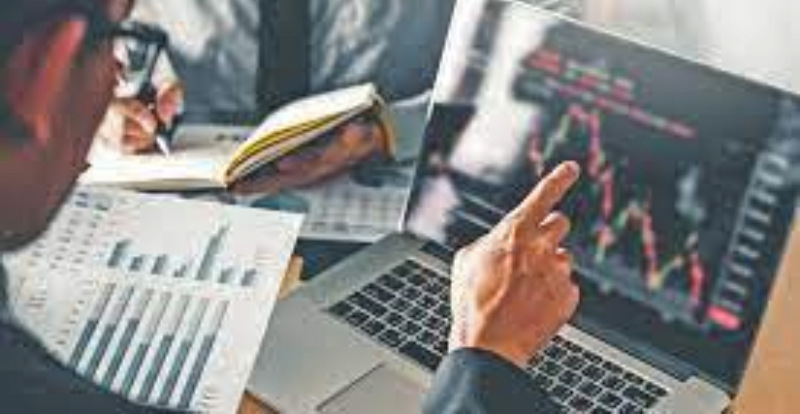Let's start with the stock market basics by exploring what a stock is, and the numerous kinds of stocks there are. The media's constant coverage of stock trading can seem nonsense to anyone who isn't already well here in the market. The investor needn't put too much stock in terms like "revenue movers" as well as "intraday high notes" If you're doing it for the long haul, say with a retirement-focused mutual fund, you may relax and ignore the meaning of these terms and the red and green lights that flash across the bottom on your Television screen. You don't need a deep understanding of the share market to succeed. On the other hand, if you're interested in stock trading.
The Mechanisms Behind The Stock Market
The Meaning Of Stocks.
Stocks are a form of investment capital representing a shareholder's claim to a piece of a company's business industry's assets (what it owns) and earnings. In other contexts, stocks may be referred to as shares or equity. If you possess stock in a firm, you effectively own a portion of the business corresponding to the number of shares you own as a percentage of the total number of common shares. A 10% investment in a corporation with 1,000,000 shareholdings would be held by an individual or group that owned 100,000 shares. A company is not uncommon to have millions or even billions of shares.
Securities Classifications

Popular shares and equity investments are the two most common types of stock. Common shares are linked with stocks due to their much higher market value and overall trading volumes than preferred shares. New shareholders often do not come with voting rights, meaning the preferred shareholder does not have a role in corporate meetings or elections, but common shares do. Preferred stockholders are entitled to dividends and assets before common stockholders in the case of a liquidation, hence the term.
The Purpose Of Stock Issuance
Many of today's multinational firms were formerly single-person operations that enterprising individuals founded. Think about how Mark Zuckerberg began Facebook (formerly Meta) at college Porter of Harvard commerce in 2004 or how Jack Ma began nurturing Alibaba (BABA) in his bedroom in Hangzhou, China, around 1999. Both of these events took place around the same time. In just a few past few decades, these technological behemoths have made it onto the list of something like the Fortune 500 companies.
Raising Capital
For a fledgling firm that needs finance, two possibilities include capital structure, also known as the selling of company stock, and debt financing, often known as the loan of money (debt financing). When a new business is just getting off the ground, it can be difficult to obtain debt financing because there is a lack of collateral, and investment returns can be extremely costly without consistent revenue and profits. This is particularly true in the technology but instead biotechnology industries.
Places Where Stocks Can Be Traded

If you want to trade stocks, you'll need a broker; nevertheless, you shouldn't choose a broker based on their appearance. Choose the one whose lingo and resources are most compatible with how you invest and how much experience you have. When making evening trades, experienced traders will place a larger value on brokers that offer low commissions and quick order execution. To find out more, check out our preferred day trading apps.
Conclusion
Shares in the stock market are often bought and sold through exchanges, where interested buyers and sellers can meet and negotiate a price. You can purchase shares from current investors who are selling them through one stockbroker and vice versa. Some markets, also known called trading floors, are actual physical locations. Some images you may have seen depict traders shouting and flailing their arms violently. In contrast, electronic trading occurs across a distributed network in a virtual environment. A stock market's stated mission is to facilitate securities trading amongst buyers and sellers to lower the transaction costs and related risks of investing.

Tax Software vs. an Accountant: What’s the Difference?

Guide to Lower Your Cell Phone Bill

What Exactly Is Meant by "Current Assets"?

NATO: An Essential Overview of Its Role in Global Security and More

How to Get the Most Money for Your Fur Coat

All You Need to Learn About: What Is Tax Fraud?

Comparison Between Thrifts Vs. Banks: What’s The Difference?

All About Business Podcasts

What Exactly Is a Canceled Check?

Understanding Auto Loans: A Comprehensive Guide

Debt Consolidation and Debt Settlement
